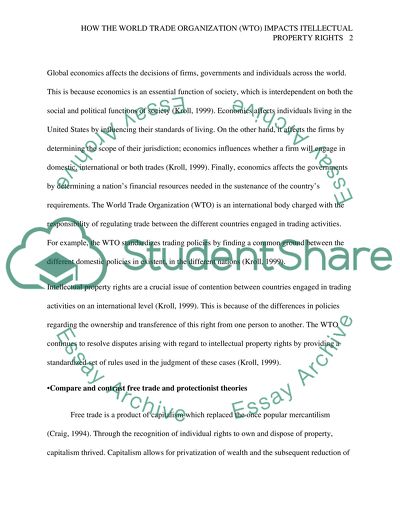Cite this document
(“How the World Trade Organization (WTO) Impacts Intellectual Property Essay”, n.d.)
How the World Trade Organization (WTO) Impacts Intellectual Property Essay. Retrieved from https://studentshare.org/macro-microeconomics/1456078-how-the-world-trade-organization-wto-impacts
How the World Trade Organization (WTO) Impacts Intellectual Property Essay. Retrieved from https://studentshare.org/macro-microeconomics/1456078-how-the-world-trade-organization-wto-impacts
(How the World Trade Organization (WTO) Impacts Intellectual Property Essay)
How the World Trade Organization (WTO) Impacts Intellectual Property Essay. https://studentshare.org/macro-microeconomics/1456078-how-the-world-trade-organization-wto-impacts.
How the World Trade Organization (WTO) Impacts Intellectual Property Essay. https://studentshare.org/macro-microeconomics/1456078-how-the-world-trade-organization-wto-impacts.
“How the World Trade Organization (WTO) Impacts Intellectual Property Essay”, n.d. https://studentshare.org/macro-microeconomics/1456078-how-the-world-trade-organization-wto-impacts.


